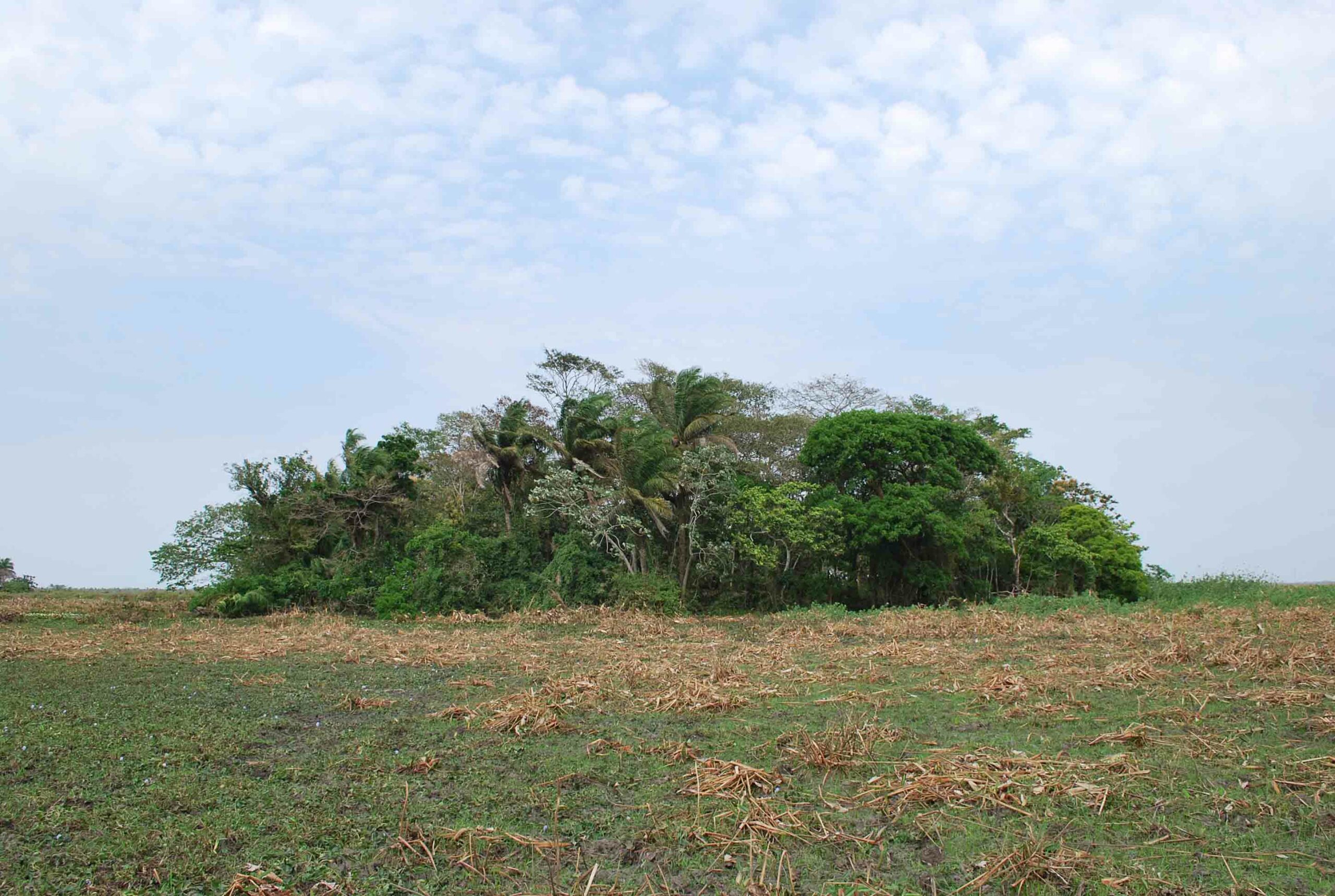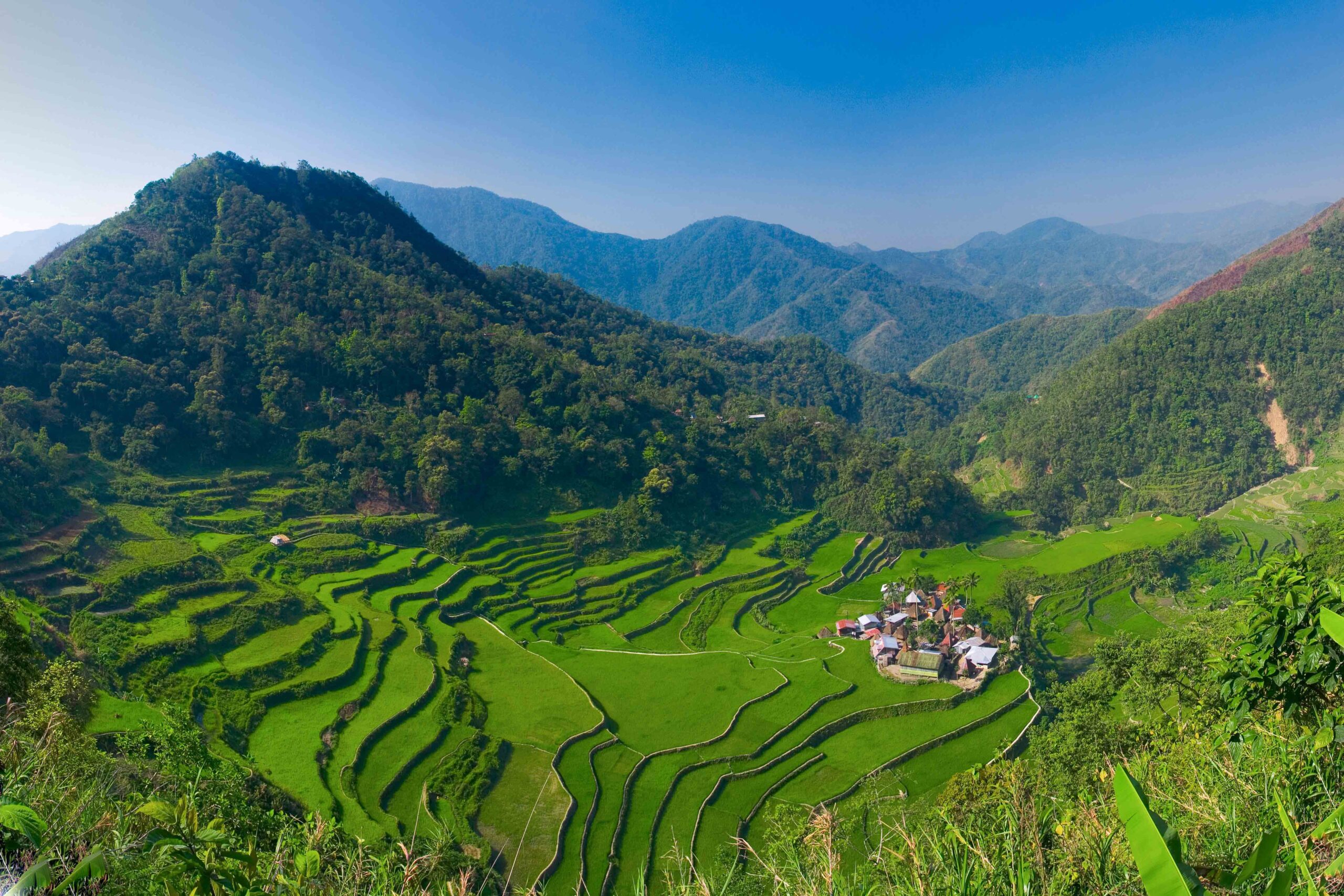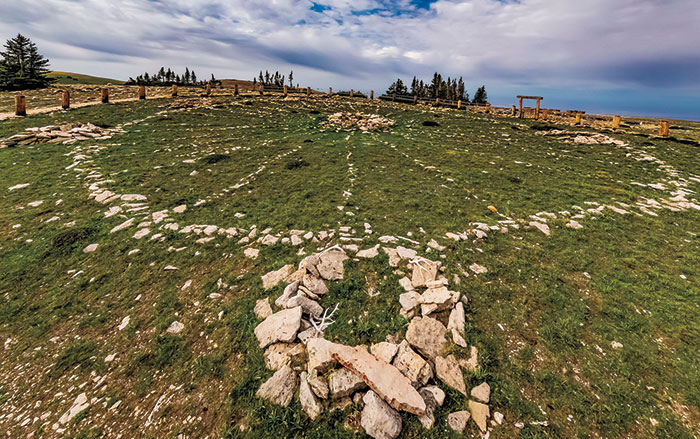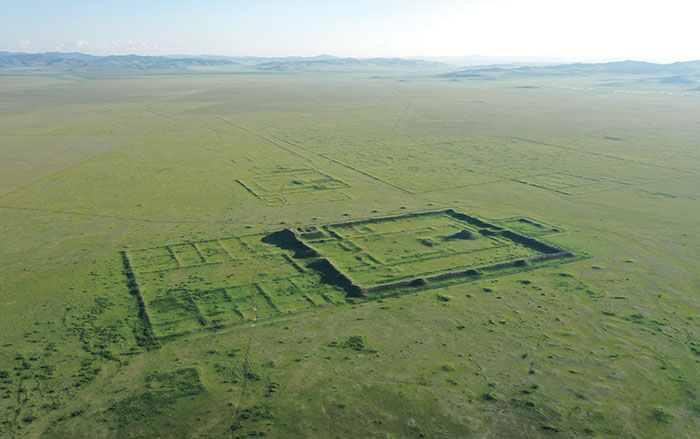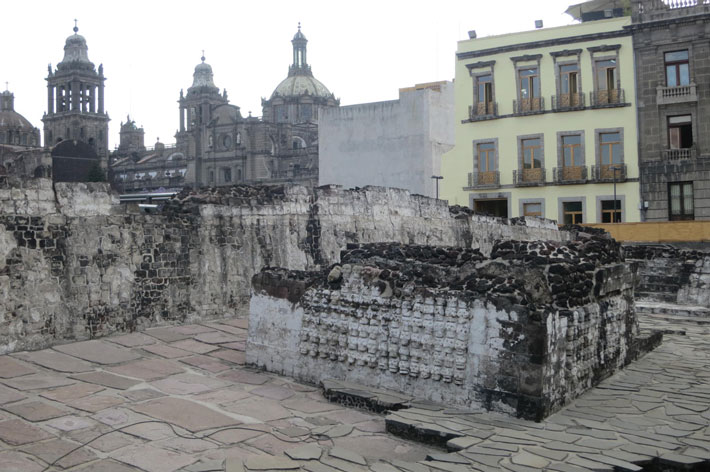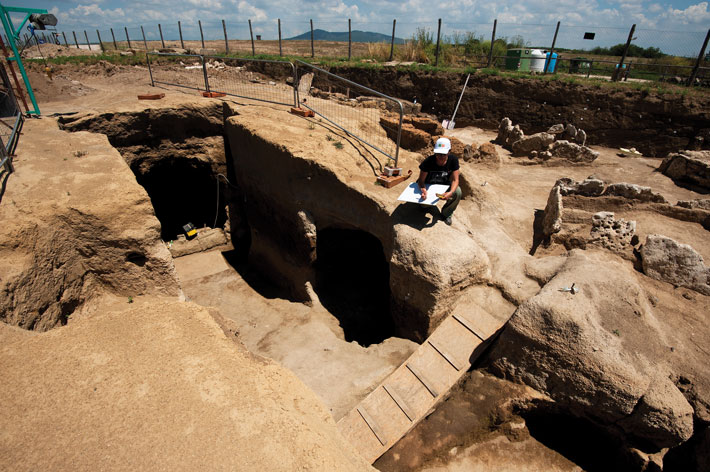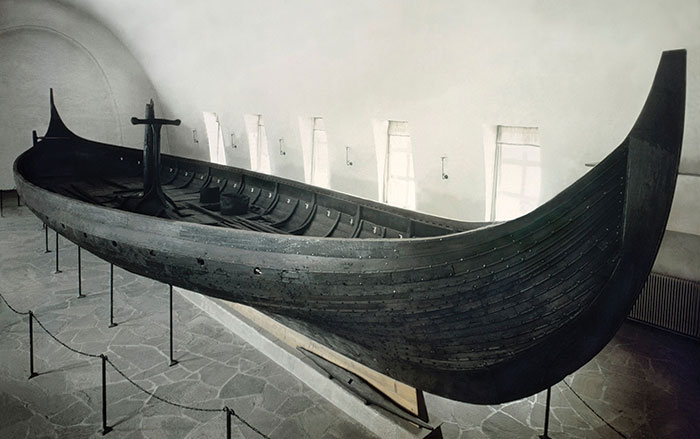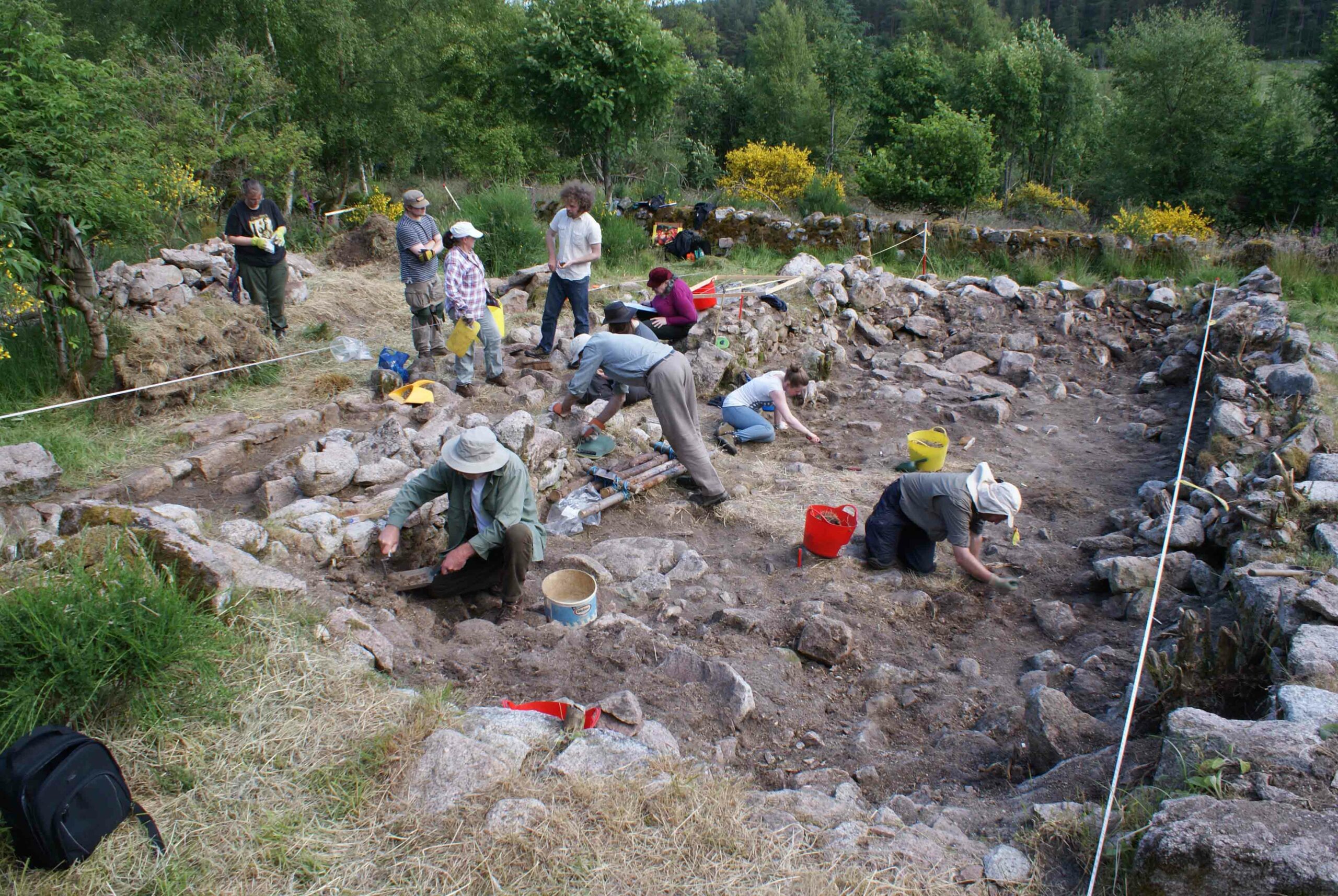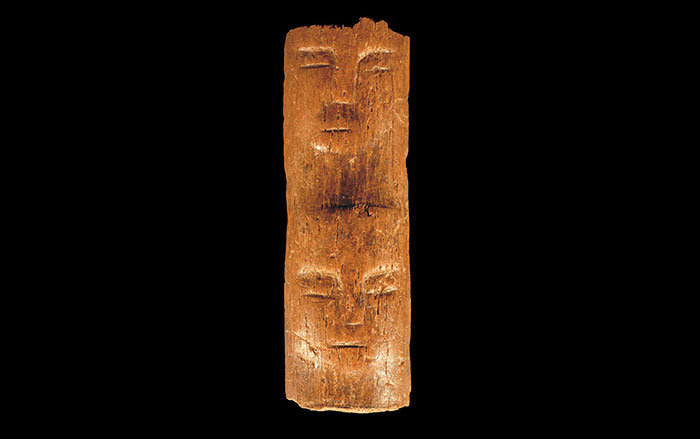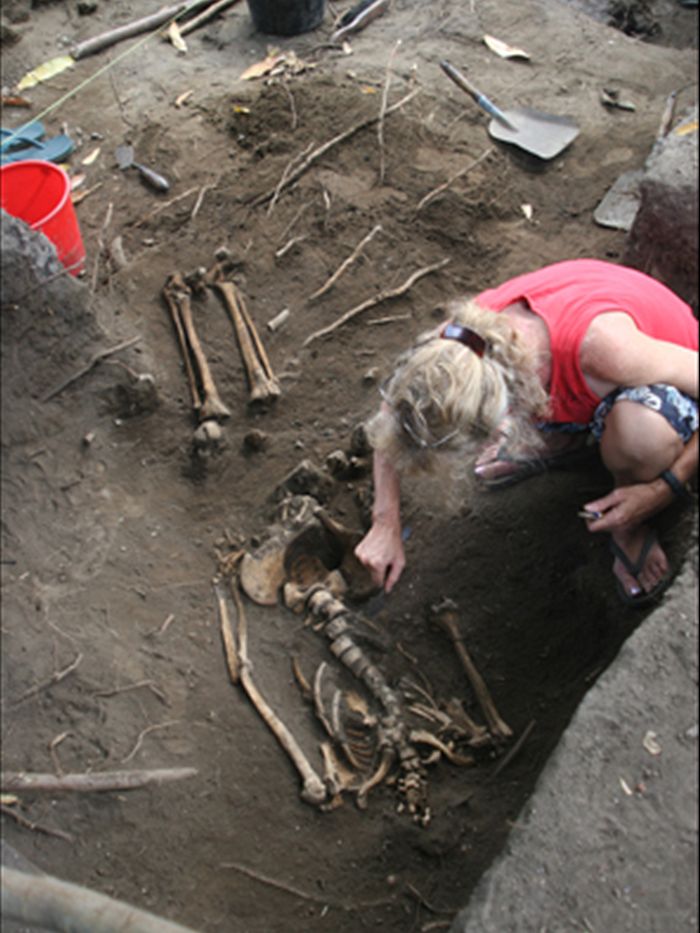
CANBERRA, AUSTRALIA—Isotopic analysis of skeletal remains from a cemetery on the tiny island of Uripiv off Vanuatu’s Malakula Island is providing information about the changes in the diet of the Lapita people who lived there over a period of 3,000 years. “We’ve been able to find burials there almost all the way through the sequence,” Stuart Bedford of Australian National University told ABC Science. The earliest Lapita settlers survived on wild resources such as fish, shellfish, marine turtles, wild birds, and fruit bats. Later inhabitants transitioned to growing plants such as yam, taro, and banana as the tortoises and birds became extinct. “There’s a combination of gardens being established and wild resources being impoverished,” Bedford said. Microfossil remains of yam, taro, and banana have been found in the soil and in the plaque on the teeth of the Lapita people. “There’s no yam or taro or banana naturally in Vanuatu so people had to bring them with them to establish gardens,” he added. To read about how the Lapita people practiced body modification, see ARCHAEOLOGY'S "Ancient Tattoos."


